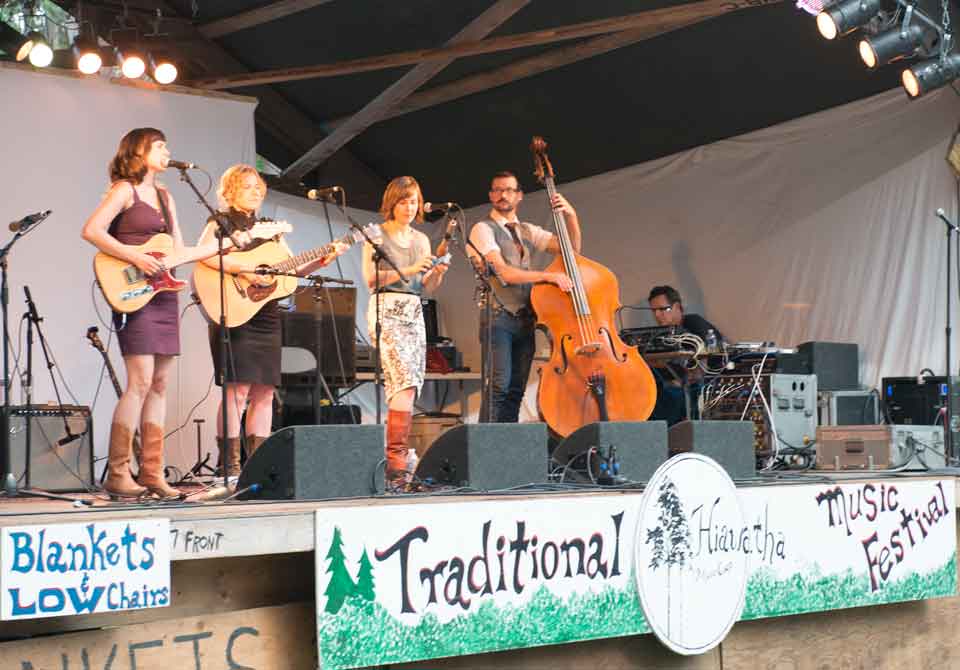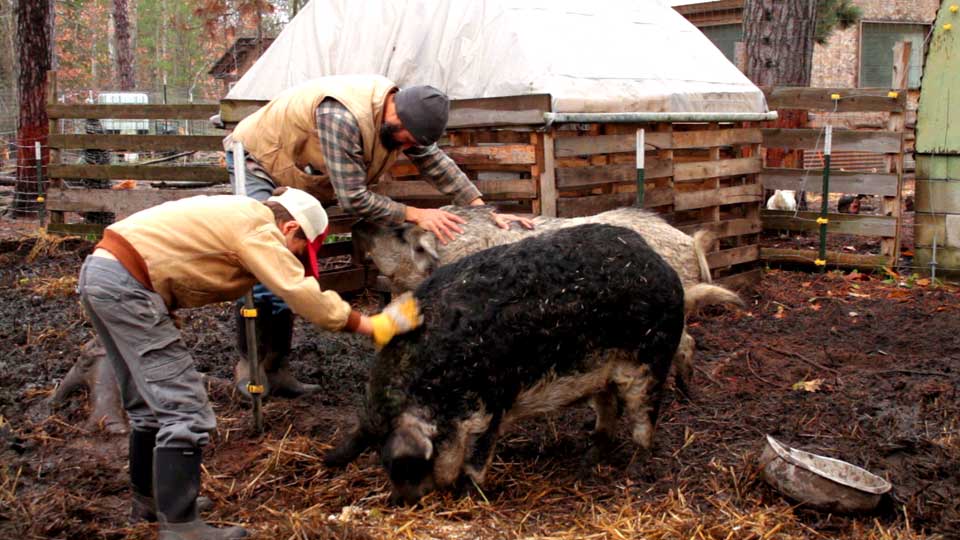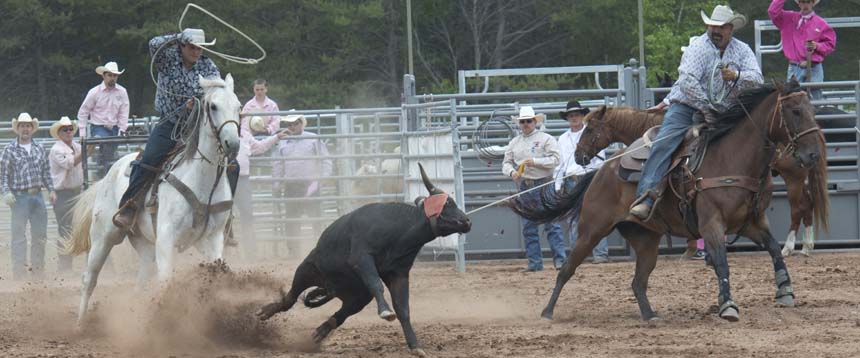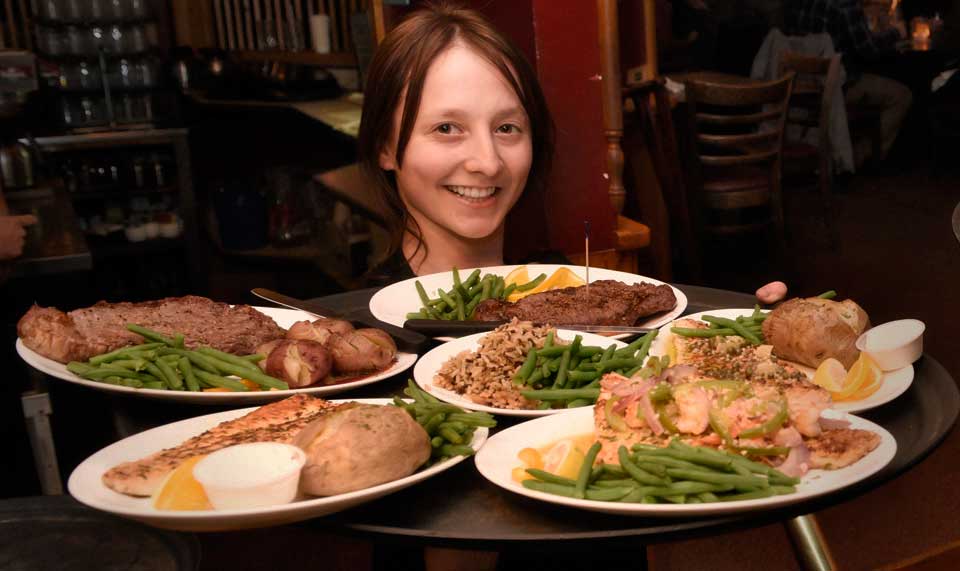Exploring Belgian Beer
by Sean Dombrowski
Not so long ago choosing a beer in America was not much different than choosing a sports team. It was a choice born of geographic convenience, or lack of alternatives. Often your beer was chosen for you; handed down from elders like a family name. You swore allegiance to those team’s colors for life regardless of their quality or relevance.

Wooden casks and thick glass bottles pay homage to beers brewed in the old Belgian tradition. (photo by Grafvision – Fotolia)
Much of this uninspired consumption stemmed from the fact that many of the beers that were available offered little to distinguish themselves from one another aside from the bottles they were packaged in.
A quick look inside the beer cooler at practically any retailer, and it is pretty evident how much different circumstances are today. Indeed, many experts agree that the United States has abruptly risen to be one of best places to drink beer based on the sheer variety available. The previous undisputed holder of that crown was Belgium – a distinction made even more impressive by the fact that much of that variety was largely composed of styles native to the region.
It is curious then, that Belgian beer styles make up a relatively minor portion of the staggering variety that is available in most U.S. markets. Disappointing too, as these styles can offer some of the most interesting and complex flavors found in beer.
Historically, the Belgian brewing tradition is not confined by political boundaries. It bleeds across national borders, and shows up in beers from neighboring countries such as The Netherlands and France. Brewery images from the region often eschew the sleek, stainless, industrialism evoked by German lager brewers to the East. Instead, much romance is drummed up with views of cobblestone streets and Flemish farmhouses, hooded monks and cobweb-laden barrels.
Taste more than geography, however, drives the definition of a Belgian beer. Yeast strains used in Belgian fermentation are notable for producing relatively high levels of phenols; compounds which are responsible for flavors and aromas often reminiscent of spices or smoke. While a defining characteristic of the style, phenols often have a secondary presence in the best examples. High levels in poorly-produced samples can be off-putting, making the beers taste of plastic or rubber. These same yeast tend to be much more comfortable fermenting at high temperatures, allowing them to express large bouquets of fuity esters and vinous aromas. This is no doubt a hint at their closer relationship to wine yeasts than yeasts used by other European breweries.
The higher fermentation temperatures also help the yeast to ferment more completely, which further dries out the beer and ratchets up the already-high alcohol percentages. A stigmatized act in other countries, it is common practice for Belgian brewers to add simple sugars to beer prior to fermentation. Counterintuitively, this does not result in a sweeter beer, as these sugars are converted almost completely to alcohol and carbon dioxide.
Aggressive yeasts and sugar additions must certainly have played a part in the much higher carbonation levels many of these beers share. Large glassware and a careful pour are often necessary to contain the billowing, merengue-like heads produced at these levels. Bottles also evolved to restrain the beer, armored by much thicker glass to accommodate the high pressures without bursting. Large-format bottles with a punted bottom, and finished with a cork and cage are readily recognized as Champagne bottles. Truth be told, these are actually beer bottles that early champagne makers repurposed to fit their similarly-carbonated beverage.

Local brewer “Chumley” is known for his talent in brewing classic Belgian style beers at the Veirling in Marquette, MI. (photo by Ron Caspi)
Although our beer selection is not inundated with Belgian samples, high-quality examples can still be easily found, even in the city of Marquette. Belgian witbeers were essentially extinct until Pierre Celis revived the style with his now-iconic Hoegaarden. Although now owned by the beverage giant AB/InBev, the brand seems to have retained much of its original charm. These “white” wheat-based beers are low in alcohol, and exceedingly pale in color. Their already whitish appearance is further pronounced by suspended yeast. Classically, these beers are spiced with orange peel and coriander, and these players are delicately at the forefront of Hoegaarden’s aroma. Doughy malt flavors and a lightly wintergreen finish combine refreshingly with the beer’s spicing and phenolic character – the intensity of which is nowhere near its clovey-tasting Bavarian cousins.
With apologies better-known brands, Duvel is truly the champagne of beers. Musty grape and lychee notes spring forth from the glass, and the first sip explodes with abundant carbonation and overripe fruit. Fresh, leafy hops show themselves boldly, though this beer is only moderately bitter. It would easily be at home in a champagne flute if the abundant head would ever behave itself. The brilliantly-clear straw color is reminiscent of mass-market lagers, which belies its dangerously-drinkable 9% abv. This deception is largely responsible for the beer’s name, which translates to “Devil”. Other brews inspired by this golden beer are often similarly named after duplicitous or unsavory characters as a nod to the original.
Religion and beer intertwine more often in history that one might think. In Belgium, monasteries have long held traditions of brewing beer. It is a commodity that always has eager buyers, even in soft markets. So, many sects have taken up the practice as a way to fund their more pious endeavors. The monks at the Notre-Dame de Scourmont abbey brew three beers under the brand name Chimay. The three are subtitled, but are better known by the color of their labels and caps: Premiere (red), Cinq Cents (white), and Grande Reserve (blue). The Grande Reserve is the strongest of the three, and pours a dark chestnut color. It smells of raisins and bread pudding, and the mouth-filling carbonation washes over the tongue with waves of cocoa-dusted figs. It has a great affinity for rich foods, and is a foil for even some of the funkiest cheeses.

Belgian beers have set the standard for good beer over the years. (photo by gosphotodesign – Fotolia)
Equally at home with foods of almost all kinds are the fruity, peppery saisons. Falling under the “farmhouse ales” umbrella, saisons were traditionally brewed to provide refreshment and sustenance for seasonal field workers. Despite their humble heritage, the best modern saisons nimbly balance rusticity and class. Marquette’s own Ore Dock Brewery brews such an example. Juicy melon and pear notes are mounded upon a foundation of floral aromas and dandelion bitterness. It is always a treat to sample brewery-fresh beer on tap, but the much higher carbonation in the bottled offering tightens up the beer, and makes it worth seeking out.
Most things in life that are worth seeking out, though, often take a little work. Belgian ales are no different in this regard. Additional research and effort may be required to pick them out amongst the myriad IPA’s and pumpkin peach ales lining a beer store’s shelves. And, some exploration might be in order to acquaint your palate to the eccentric and sometimes startling flavors these ales can offer. But, isn’t that how you came to appreciate craft beers in the first place? I assure you, it will be worth the journey.
Check out more great articles on craft beer & homebrewing by the Marquette Home Brewers:
- A Sustainable Approach To Homebrewing
- Why To Try a “Craft Beer”
- So You’re Not a Hop Head
- 3 Basic Homebrewing Methods















You must be logged in to post a comment Login